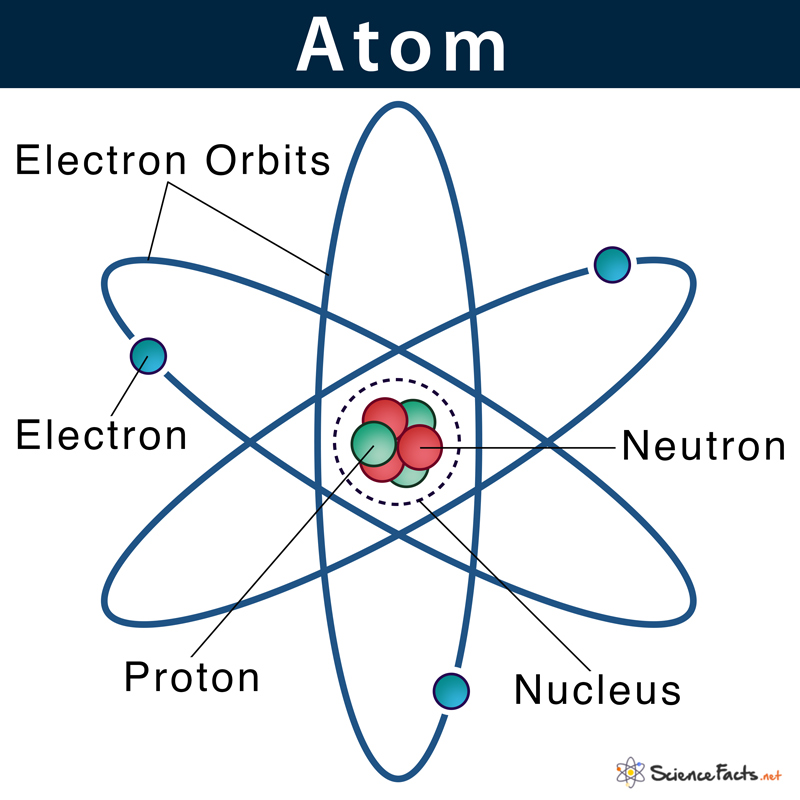

More neutrons, and you'll have an atom of the metal lithium (symbol


You add another proton, another electron, and two neutrons, you getĪn atom of helium (symbol He). Hydrogen (symbol H), which has one proton and one electron, but no How would you make theįirst few chemical elements? You'd start with the simplest atom of all, It sounds, you can bet all the world's chemists would be very richĬould turn atoms into other atoms very simply. You could turn iron into gold by taking iron atoms and adding 53 protons,Ĩ8 neutrons, and 53 electrons to each one. Identical-there are just different numbers of them. The protons, neutrons, and electrons in the atoms of iron and gold are Split it open and you'll find 79 protons andġ18 neutrons in the nucleus and 79 electrons spinning round the edge. Nucleus and 26 electrons whizzing around the outside. Cut apart a single atom of ironĪnd you will find 26 protons and 30 neutrons clumped together in the What makes an atom of gold different from an atom of iron is the number of protons, If an atom were about as big as a baseball stadium, the nucleus would be the size of a pea in the very center and the electrons would be somewhere on the outside edge. Note also that this picture isn't drawn to scale! Most of an atom is empty space. Planets going around the Sun or satellites whizzing around Earth, although that's a In simple descriptions of the atom, we often talk about electrons "orbiting" the nucleus like That's why you'll see someīooks drawing electrons inside fuzzy areas called orbitals.Īrtwork: Atoms contain protons and neutrons packed into the central area called the nucleus, whileĮlectrons occupy the space around it. Moving so incredibly quickly that they turn into blurryĪlmost seem to be everywhere at once. In fact,Įlectrons move so quickly that we never know exactly where they areįrom one moment to the next. Like satellites spinning round the Earth in orbits. When people draw pictures of atoms, they show the electrons Into the center of the atom (which is called the nucleus)Īnd the electrons, which are very much smaller, whizz around the Two piles of very similar bits-but there'd be no iron or goldĭifferent subatomic particles inside them: protons,Īnd electrons. Up an atom of iron, and put the bits into a pile, and then chopped upĪn atom of gold, and put those bits into a second pile, you'd have Means smaller than and these are particles smaller than atoms). Which are called subatomic particles ("sub" Small and sharp enough, you could chop an atom of gold into bits and you'dįind smaller things inside. In fact, the wordĪtom comes from a Greek word meaning something that cannot be split Were the smallest possible things in the world. Hundreds of thousands of times thinner than a human hair, so you have absolutely noĬhance of ever seeing one unless you have an incredibly powerful Smallest amount of gold you can possibly have. Possible amount of a chemical element-so an atom of gold is the "flying" in a cube while being stimulated with precision laser light.īy courtesy of National Institute of Standards and Technology (NIST). Right kind of microscope or camera! This photo shows strontium atoms Photo: What does an atom look like? You can see one if you have the Think of by joining atoms of different elements together like tiny These are just three of over 100Įlements include metals such as copper, tin, iron and Living things, for example, are mostly made from the atomsĬarbon, hydrogen, and oxygen. (all the "stuff" that surrounds us) is made from Taking things apart, you'll eventually, find that all matter But what happens if you keep going? If you keep Pips inside apples, hearts and lungs inside people, and stuffing How do atoms make molecules and compounds?.


 0 kommentar(er)
0 kommentar(er)
